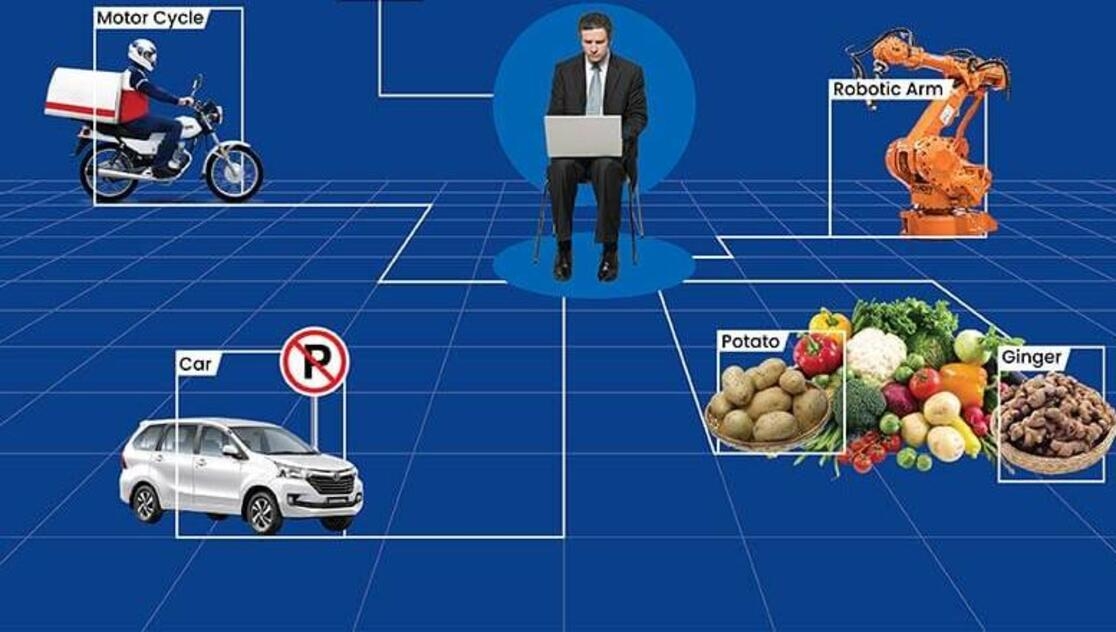Medical Aesthetics: Managing Acne and Its Aftermath
Medical aesthetics has evolved significantly in recent years, merging the fields of medicine and beauty to offer a plethora of innovative treatments aimed at enhancing physical appearance. This discipline encompasses a wide range of procedures, from non-invasive treatments like Botox and dermal fillers to more complex surgical interventions such as facelifts and liposuction. The primary goal of medical aesthetics is to improve an individual's appearance through scientifically-backed techniques that ensure safety, efficacy, and natural-looking results.
One of the cornerstones of medical aesthetics is the use of injectables. Botox, a well-known neuromodulator, temporarily paralyzes muscles to reduce the appearance of wrinkles and fine lines. Dermal fillers, on the other hand, add volume to areas that have lost fullness due to aging, such as the cheeks and lips. These treatments are popular due to their minimal downtime and immediate results. They have revolutionized the way people approach anti-aging, providing a non-surgical alternative that is both effective and relatively low-risk.
Laser treatments are another pivotal aspect of medical aesthetics. These procedures harness the power of laser technology to address a variety of skin concerns, including hyperpigmentation, acne scars, and unwanted hair. Laser resurfacing, for instance, removes layers of damaged skin to reveal a smoother, more youthful complexion. The precision of lasers allows for targeted treatment, minimizing damage to surrounding tissues and enhancing recovery time.
Moreover, medical aesthetics has embraced the concept of holistic beauty, recognizing that overall health and well-being are integral to achieving the best cosmetic results.This approach often combines traditional medical treatments with lifestyle modifications, such as improved diet and skincare routines. The integration of wellness practices aims to enhance both the external appearance and internal health of individuals, promoting a balanced and comprehensive approach to beauty.
The field of medical aesthetics is continually advancing, driven by ongoing research and technological innovations. New techniques and devices are constantly being developed, offering more options for patients seeking to enhance their appearance. For example, microneedling with radiofrequency combines the benefits of both treatments to stimulate collagen production and tighten the skin. Similarly, platelet-rich plasma (PRP) therapy uses the patient's own blood to promote healing and rejuvenation, reflecting the growing trend towards personalized and regenerative medicine.
Patient safety remains a top priority in medical aesthetics. Practitioners must be highly trained and adhere to stringent protocols to ensure the well-being of their patients. This includes a thorough understanding of facial anatomy, proper injection techniques, and the ability to manage potential complications. As the demand for cosmetic procedures continues to rise, the importance of choosing qualified and experienced professionals cannot be overstated.
In conclusion, medical aesthetics represents a dynamic and rapidly evolving field that merges art and science to enhance physical appearance. Through a combination of advanced technologies, innovative techniques, and a holistic approach to beauty, it offers individuals the opportunity to look and feel their best while prioritizing safety and natural results.
https://www.marketdigits.com/medical-aesthetics-market
Medical aesthetics has evolved significantly in recent years, merging the fields of medicine and beauty to offer a plethora of innovative treatments aimed at enhancing physical appearance. This discipline encompasses a wide range of procedures, from non-invasive treatments like Botox and dermal fillers to more complex surgical interventions such as facelifts and liposuction. The primary goal of medical aesthetics is to improve an individual's appearance through scientifically-backed techniques that ensure safety, efficacy, and natural-looking results.
One of the cornerstones of medical aesthetics is the use of injectables. Botox, a well-known neuromodulator, temporarily paralyzes muscles to reduce the appearance of wrinkles and fine lines. Dermal fillers, on the other hand, add volume to areas that have lost fullness due to aging, such as the cheeks and lips. These treatments are popular due to their minimal downtime and immediate results. They have revolutionized the way people approach anti-aging, providing a non-surgical alternative that is both effective and relatively low-risk.
Laser treatments are another pivotal aspect of medical aesthetics. These procedures harness the power of laser technology to address a variety of skin concerns, including hyperpigmentation, acne scars, and unwanted hair. Laser resurfacing, for instance, removes layers of damaged skin to reveal a smoother, more youthful complexion. The precision of lasers allows for targeted treatment, minimizing damage to surrounding tissues and enhancing recovery time.
Moreover, medical aesthetics has embraced the concept of holistic beauty, recognizing that overall health and well-being are integral to achieving the best cosmetic results.This approach often combines traditional medical treatments with lifestyle modifications, such as improved diet and skincare routines. The integration of wellness practices aims to enhance both the external appearance and internal health of individuals, promoting a balanced and comprehensive approach to beauty.
The field of medical aesthetics is continually advancing, driven by ongoing research and technological innovations. New techniques and devices are constantly being developed, offering more options for patients seeking to enhance their appearance. For example, microneedling with radiofrequency combines the benefits of both treatments to stimulate collagen production and tighten the skin. Similarly, platelet-rich plasma (PRP) therapy uses the patient's own blood to promote healing and rejuvenation, reflecting the growing trend towards personalized and regenerative medicine.
Patient safety remains a top priority in medical aesthetics. Practitioners must be highly trained and adhere to stringent protocols to ensure the well-being of their patients. This includes a thorough understanding of facial anatomy, proper injection techniques, and the ability to manage potential complications. As the demand for cosmetic procedures continues to rise, the importance of choosing qualified and experienced professionals cannot be overstated.
In conclusion, medical aesthetics represents a dynamic and rapidly evolving field that merges art and science to enhance physical appearance. Through a combination of advanced technologies, innovative techniques, and a holistic approach to beauty, it offers individuals the opportunity to look and feel their best while prioritizing safety and natural results.
https://www.marketdigits.com/medical-aesthetics-market
Medical Aesthetics: Managing Acne and Its Aftermath
Medical aesthetics has evolved significantly in recent years, merging the fields of medicine and beauty to offer a plethora of innovative treatments aimed at enhancing physical appearance. This discipline encompasses a wide range of procedures, from non-invasive treatments like Botox and dermal fillers to more complex surgical interventions such as facelifts and liposuction. The primary goal of medical aesthetics is to improve an individual's appearance through scientifically-backed techniques that ensure safety, efficacy, and natural-looking results.
One of the cornerstones of medical aesthetics is the use of injectables. Botox, a well-known neuromodulator, temporarily paralyzes muscles to reduce the appearance of wrinkles and fine lines. Dermal fillers, on the other hand, add volume to areas that have lost fullness due to aging, such as the cheeks and lips. These treatments are popular due to their minimal downtime and immediate results. They have revolutionized the way people approach anti-aging, providing a non-surgical alternative that is both effective and relatively low-risk.
Laser treatments are another pivotal aspect of medical aesthetics. These procedures harness the power of laser technology to address a variety of skin concerns, including hyperpigmentation, acne scars, and unwanted hair. Laser resurfacing, for instance, removes layers of damaged skin to reveal a smoother, more youthful complexion. The precision of lasers allows for targeted treatment, minimizing damage to surrounding tissues and enhancing recovery time.
Moreover, medical aesthetics has embraced the concept of holistic beauty, recognizing that overall health and well-being are integral to achieving the best cosmetic results.This approach often combines traditional medical treatments with lifestyle modifications, such as improved diet and skincare routines. The integration of wellness practices aims to enhance both the external appearance and internal health of individuals, promoting a balanced and comprehensive approach to beauty.
The field of medical aesthetics is continually advancing, driven by ongoing research and technological innovations. New techniques and devices are constantly being developed, offering more options for patients seeking to enhance their appearance. For example, microneedling with radiofrequency combines the benefits of both treatments to stimulate collagen production and tighten the skin. Similarly, platelet-rich plasma (PRP) therapy uses the patient's own blood to promote healing and rejuvenation, reflecting the growing trend towards personalized and regenerative medicine.
Patient safety remains a top priority in medical aesthetics. Practitioners must be highly trained and adhere to stringent protocols to ensure the well-being of their patients. This includes a thorough understanding of facial anatomy, proper injection techniques, and the ability to manage potential complications. As the demand for cosmetic procedures continues to rise, the importance of choosing qualified and experienced professionals cannot be overstated.
In conclusion, medical aesthetics represents a dynamic and rapidly evolving field that merges art and science to enhance physical appearance. Through a combination of advanced technologies, innovative techniques, and a holistic approach to beauty, it offers individuals the opportunity to look and feel their best while prioritizing safety and natural results.
https://www.marketdigits.com/medical-aesthetics-market
0 Σχόλια
0 Μοιράστηκε






